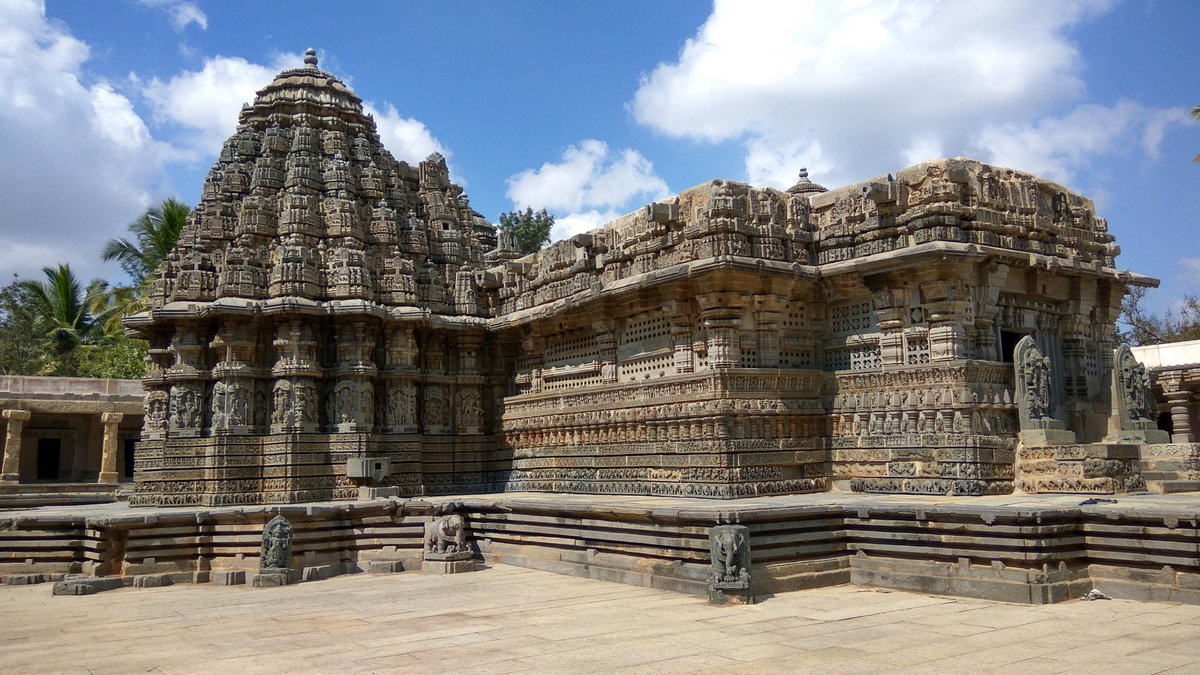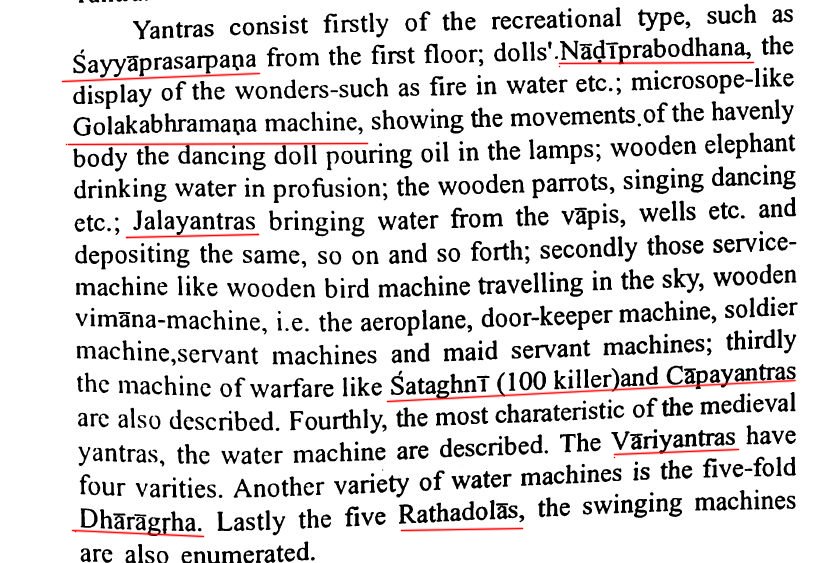Sulaiman al-Tajir, the Persian merchant who traveled to both India & China sometime in the year 850 CE made some interesting observations on both countries.
He starts by saying India is twice the size of China, but not as densely populated. (1)
He starts by saying India is twice the size of China, but not as densely populated. (1)

He says the chinese had no religious science of their own. Each of their philosophies was borrowed from India. The chinese held Indians as their teachers. (2) 

On differences between how houses were built. Chinese mostly used wood. Indians built houses made of stones, plaster & bricks. (3) 

Regarding personal hygiene.
Indians paid high importance to bathing everyday, sometimes several times in a day & also oral hygiene. Indians wouldn't eat without cleaning mouth.
Also the Chinese were NOT known to clean up after doing the 💩 (4)
Indians paid high importance to bathing everyday, sometimes several times in a day & also oral hygiene. Indians wouldn't eat without cleaning mouth.
Also the Chinese were NOT known to clean up after doing the 💩 (4)

On dietary & praying habits.
1) Rice was the staple diet of both countries.
2) Sulaiman found chinese praying style closer to his own religion
3) Indians grew long facial hair. (5)
1) Rice was the staple diet of both countries.
2) Sulaiman found chinese praying style closer to his own religion
3) Indians grew long facial hair. (5)

Note: All these were recorded when India was being ruled by 3 great empires. Pratihara, Pala & Rashtrakuta.
Source : Foreign notices of South India by Nilakantha Sastri
Source : Foreign notices of South India by Nilakantha Sastri
• • •
Missing some Tweet in this thread? You can try to
force a refresh






























